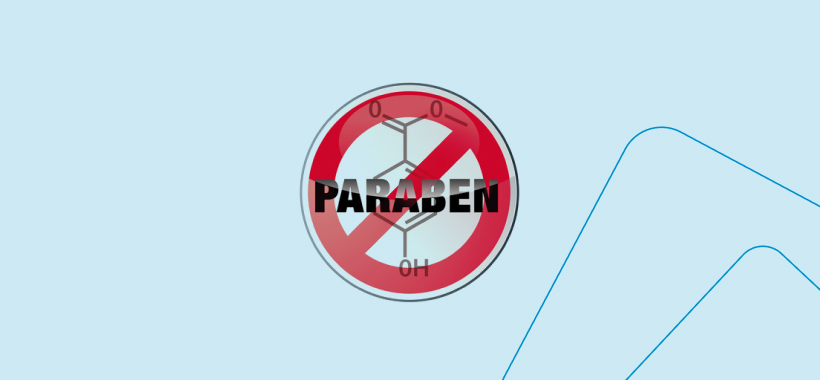Cross-Border E-commerce channels have been on the rise in China over the past years, which contributed to the rapid development of the Chinese cosmetics industry. Buying cosmetics through online platforms has been a growing trend among Chinese consumers. According to the Westwin Research report on Chinese Consumer Cross-Border Purchasing Behaviour, cosmetic products are the leading product category purchased through cross-border e-commerce. The number one cosmetics category sold were the colour cosmetics, followed by facial care and hair care cosmetics. Selling products via e-commerce channel represents a good alternative for beauty brands that wish to avoid strict regulatory requirements, which apply to imported cosmetics in China. One of such requirements is mandatory animal testing, which has to be done at one of the approved labs in China. Selling cosmetics through e-commerce is, therefore, a good option for cruelty free brands, that want to expand to the Chinese cosmetics market.
What is Cross-Border E-commerce?
Cross-border e-commerce (CBEC) is international online trade. CBEC enables the end user to buy products from foreign brands online. Specifically, the Chinese consumer can buy products online from overseas beauty brands, which ship the products directly to the buyer. It is important to note that selling products via CBEC has different rules than the general trade.
China has issued a list of commodity categories, which are allowed to be traded via CBEC. Currently, there are 21 categories of cosmetic products listed on the positive list, including cosmetics.
How does the shipping work?
There are two main import models, which foreign companies can utilise to ship the products to their end buyer in China.
- Direct shipping
This means the products are stored at the warehouse overseas and are shipped to China only after the order has been made. The product is delivered to the consumer by international postal service.
- Bonded warehouse
By this model, the products are being kept at the warehouse in China. The warehouse is supervised by the customs and has to be established in the CBEC pilot cities. Products are delivered to the customer as soon as they place the order online. The main advantage of this model is faster shipping.
Advantages of the CBEC
Products sold via CBEC are regarded as personal goods and are therefore granted custom clearance. This means they do not require import certification, which greatly facilitates market access. They also avoid time-consuming and strict pre-market registration and do not have to deal with the Chinese cosmetic regulatory requirements. One of the main advantages is also the possibility to avoid animal testing. In addition, products sold via CBEC have lower taxes.
Ways of entering the Chinese market via CBEC
There are four ways to launch your business in China using CBEC. Each way has its advantages and disadvantages, so there is no one-size-fits-all option. It is important to have a good vision of what your goals are, to have a good marketing plan and to consider which way of entering the Chinese market would best fit your company.
One option is a standalone website, which can be a cheap and convenient solution for many brands. However, you might face lower traffic than you would by using other platforms.
The next way is selling your products through a CBEC online store, such as Tmall Global or JD Worldwide. This option provides higher traffic and also includes consumer’s support. The downside of this model is that it is highly competitive and requires high investments.
The third option is selling your products through a CBEC online store direct purchasing model. Examples of such providers are Kaola, meitubeauty or vip.com. The main benefit of such an approach is lower risk and burden for the company as the platform provides storage and distribution facilities. And the disadvantage of this approach is the limitation of the product categories and the fact that companies have no control over branding.
The final option is setting up a WeChat Store. This way you can directly interact with your customers and also analyse consumer data. WeChat also allows you to access its social media, which enables you to have a greater reach to customers. Unlike the previously mentioned option, you are here in total control of the branding. You can customize the online store to fit your need and align it with your brand image. As with all options, this one also has its downsides. The main being the need for local business and ICP (Internet Content Provider) license. It is also highly competitive.
Stricter rules in the future?
Cosmetic products imported via CBEC might soon require registration to the competent authority in China. However, nothing has been officially confirmed, so the loose regulatory status still applies. For now, CBEC provides a good alternative for cosmetic companies, that want to try out the Chinese cosmetics market without having to go through all the regulatory barriers.


